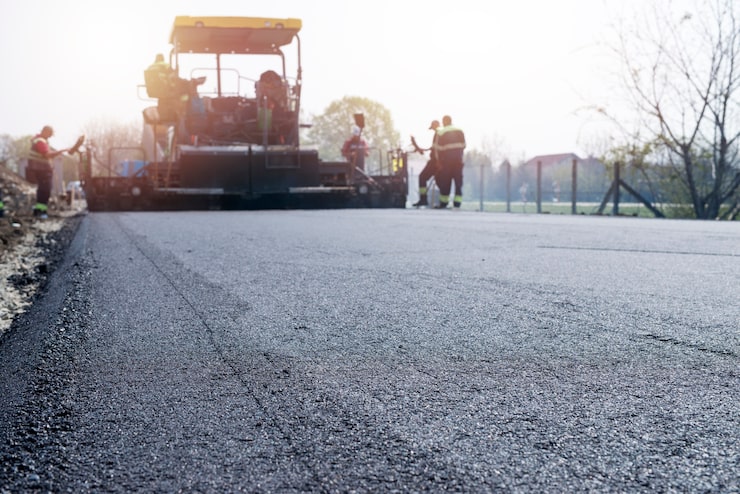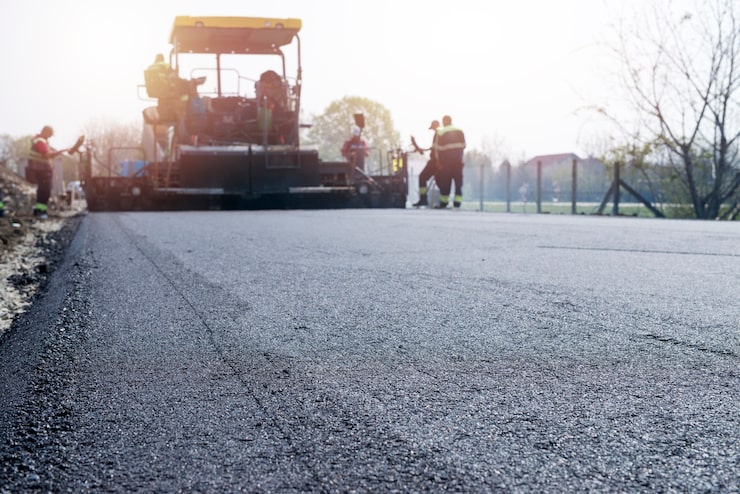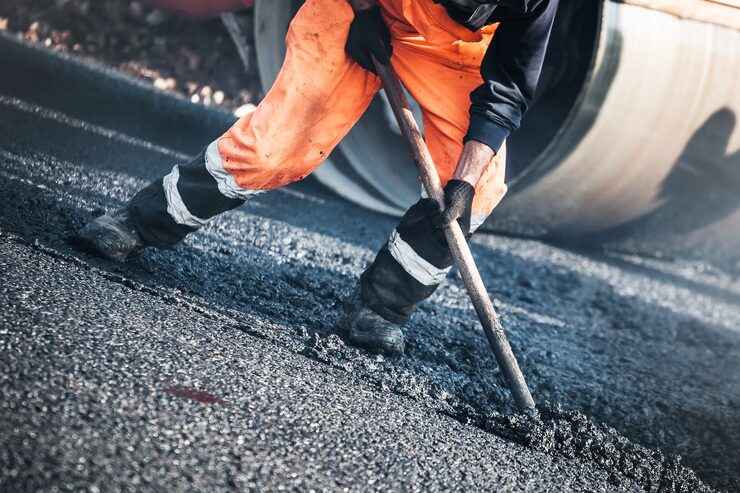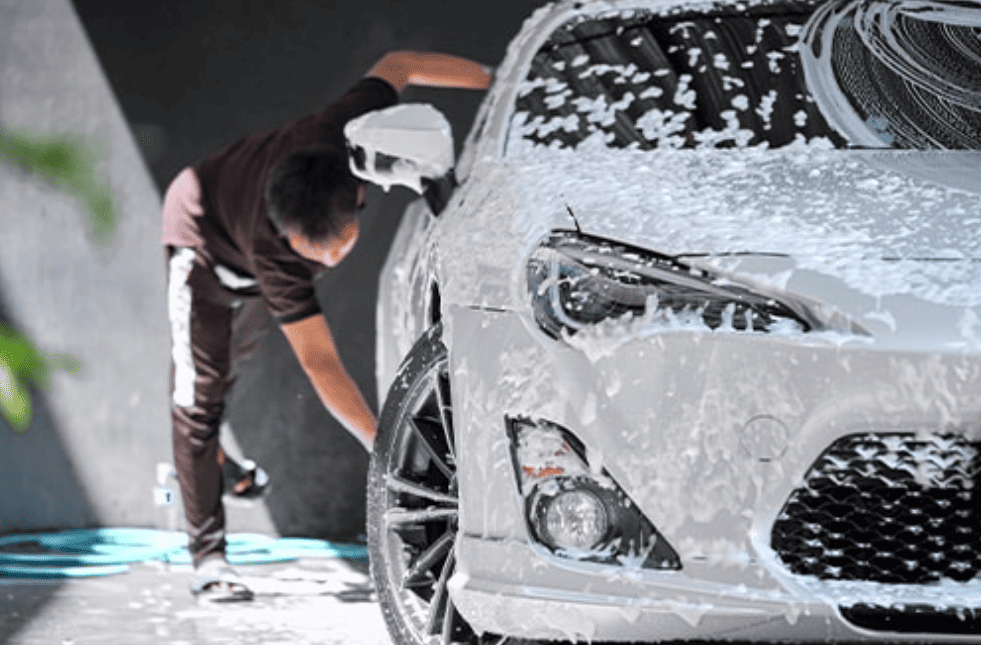Asphalt driveways are one of the most practical and visually appealing options for residential homes. They’re affordable, durable, and easier to maintain than concrete. However, that doesn’t mean they’re maintenance-free. Without regular care, even the best asphalt surface can start to crack, fade, or deteriorate.
If you want your driveway to remain strong and attractive for years, this complete guide will walk you through the steps to maintain, protect, and repair it-no matter the season.
Why Maintenance Matters
Your driveway is exposed to the elements every day. Between changing temperatures, rainfall, UV exposure, and vehicle traffic, it’s constantly under stress. Over time, these factors can lead to:
- Cracks and surface lines
- Fading or discoloration
- Potholes or low spots
- Erosion of the edges
- Moisture damage beneath the surface
Routine maintenance isn’t just about appearance-it’s also about preserving the structural integrity of your driveway and avoiding costly repairs down the road.

Common Causes of Asphalt Damage
Understanding what causes damage can help you take proactive steps to avoid it. Here are the most frequent culprits:
- Sun Exposure: Prolonged UV exposure dries out asphalt, making it brittle and more likely to crack.
- Water Penetration: Rainwater that seeps into small cracks can freeze and expand, widening the damage.
- Vehicle Traffic: Repeated pressure from parked cars and delivery trucks weakens the surface over time.
- Poor Drainage: Standing water accelerates the breakdown of asphalt materials.
- Seasonal Changes: Freeze-thaw cycles create stress that leads to fractures.
Maintenance Tips for a Healthier Driveway
Here’s what you can do throughout the year to keep your asphalt in excellent condition:
1. Keep It Clean
Sweep your driveway regularly to remove leaves, dirt, and debris. Organic material can hold moisture against the surface, which accelerates breakdown.
Use a hose or pressure washer every few months to rinse off oil stains and grime. For stubborn stains, a mild detergent or asphalt-safe cleaner works well.
2. Repair Cracks Immediately
Inspect your driveway every season for small cracks or dips. Even tiny cracks can let in water and lead to larger problems. Use a high-quality crack filler to seal them up before the next rain or freeze.
3. Avoid Standing Water
Make sure your driveway is properly sloped to allow water to run off instead of pooling. Clean out nearby gutters and drainage areas to help keep water away.
If you consistently see puddles, consider installing drainage solutions or adjusting the slope.
4. Limit Heavy Loads
If possible, avoid parking large trucks or trailers on your asphalt surface for long periods. The extra weight can cause stress and sagging, especially during hot weather.
5. Reseal the Surface
Sealcoating creates a protective barrier against moisture, UV rays, and chemical spills. It also restores the rich black color and smooth appearance of fresh asphalt.
For homeowners seeking expert application and results, consider professional asphalt seal coating services in Waverly. This simple step can extend your driveway’s life by several years and reduce the frequency of repairs.
When to Call a Professional
While small fixes can be handled on your own, certain signs indicate it’s time to bring in a professional:
- Widespread cracking
- Multiple potholes
- Drainage issues or sinking sections
- Surface has not been sealed in 3–5 years
A local asphalt contractor can assess the condition of your driveway and recommend the right treatment-whether it’s minor patching or a full resurfacing.

Seasonal Maintenance Checklist
Here’s a quick reference to keep your driveway care routine on track:
Spring
- Inspect for cracks or potholes caused by winter weather
- Clean the surface of leaves and dirt
- Apply crack filler as needed
Summer
- Power wash the surface to remove stains
- Apply sealcoat during dry weather
- Avoid excessive heat and heavy loads
Fall
- Reseal if you didn’t do it in summer
- Clean out nearby gutters and drains
- Clear leaves before they decay on the surface
Winter
- Use plastic shovels to avoid scraping the surface
- Apply salt sparingly; excessive use can damage asphalt
- Remove snow promptly to prevent moisture buildup
Conclusion
Maintaining an asphalt driveway isn’t difficult-but it does require consistency. By staying on top of cleaning, minor repairs, and sealcoating, you’ll preserve your driveway’s strength and appearance for many years to come.
Don’t wait until damage becomes visible. A proactive approach saves money, adds curb appeal, and protects one of the most-used surfaces on your property. With a little effort and the right resources, your asphalt driveway can stay smooth, durable, and impressive year-round.



